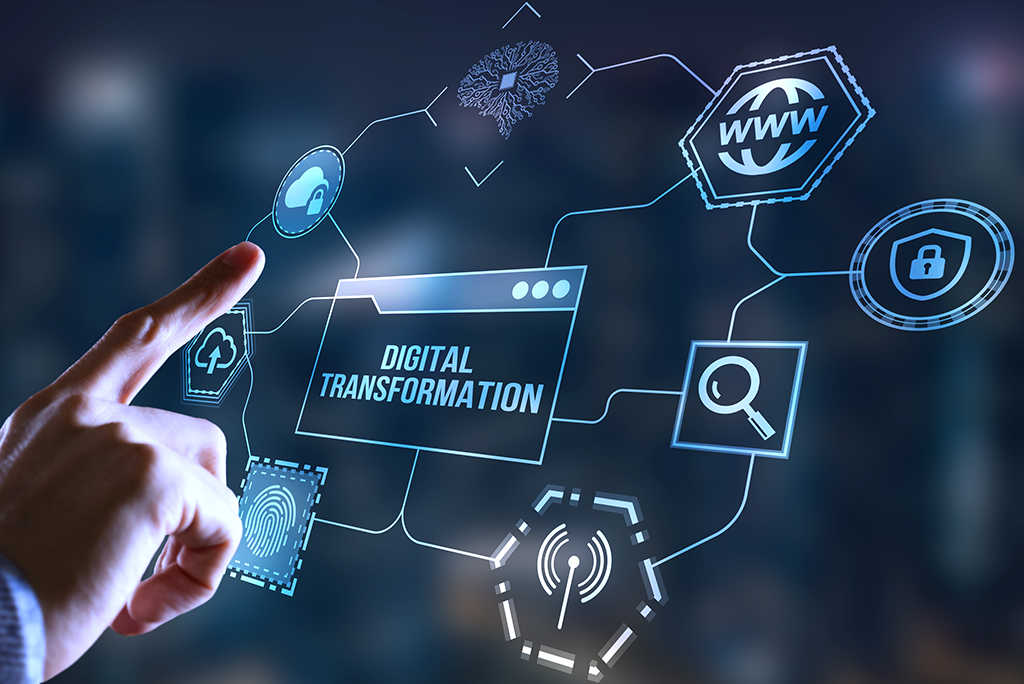Technology has woven itself into the fabric of our everyday existence, reshaping the world in profound ways. From the advent of the internet to the rise of artificial intelligence, technology has acted as a catalyst for progress, enhancing human potential and transforming industries. This blog post explores the various facets of technology’s influence on our lives, offering an in-depth analysis of its impact on communication, business, healthcare, and the environment.
Communication in the Digital Age
The way we communicate has been fundamentally altered by technology. In the past, the exchange of information was limited by geographical barriers, with individuals relying on letters or telephones to connect across distances. Today, technology has virtually erased these boundaries, making communication instantaneous and accessible. Social media platforms, messaging apps, and video calls have revolutionized the way we interact with others, creating a global network where people can connect with ease.
The proliferation of smartphones has made communication even more seamless, with individuals having the ability to reach anyone at any time. Furthermore, the integration of artificial intelligence (AI) into communication platforms has paved the way for smarter, more personalized interactions. AI-powered chatbots, for instance, have become commonplace in customer service, providing immediate responses and improving user experiences.
The Impact of Technology on Business
Technology has redefined the landscape of business, providing companies with tools to streamline operations, increase efficiency, and reach broader audiences. The advent of automation, for instance, has allowed businesses to cut costs and increase productivity by reducing the need for manual labor. Processes that once took hours or days can now be completed in a fraction of the time, all thanks to software and machinery that can perform repetitive tasks with precision.
Furthermore, the use of data analytics has enabled businesses to make more informed decisions. By analyzing consumer behavior and market trends, companies can tailor their products and services to meet the specific needs of their target audience. This has led to a more personalized approach to marketing, with businesses using targeted ads and promotional content to reach consumers more effectively.
E-commerce, too, has flourished with the rise of digital technologies. Online shopping platforms have made it easier for consumers to purchase goods and services from the comfort of their homes, while businesses benefit from the ability to reach a global customer base. Cloud computing has also allowed companies to store and access vast amounts of data securely, ensuring business continuity and offering flexibility in operations.
Technology’s Role in Healthcare Innovation
One of the most significant benefits of technology is its impact on the healthcare sector. Advancements in medical technology have drastically improved patient care, diagnosis, and treatment. Modern imaging techniques, such as MRI and CT scans, have revolutionized the way doctors diagnose diseases, allowing for more accurate and early detection of conditions. This has, in turn, led to improved treatment outcomes and higher survival rates for many patients.
The development of telemedicine has also played a crucial role in expanding access to healthcare. Through video consultations, patients in remote or underserved areas can receive medical advice and prescriptions without having to travel long distances. This has proven especially valuable in times of crisis, such as during the COVID-19 pandemic, when access to healthcare services became limited.
Furthermore, wearable technology has empowered individuals to take control of their health. Devices such as smartwatches can monitor vital signs like heart rate, blood pressure, and even blood oxygen levels, alerting users to potential health issues before they become serious. This type of preventative care is invaluable in the fight against chronic diseases, allowing individuals to make lifestyle changes based on real-time health data.
Environmental Sustainability and Technology
As the world faces mounting environmental challenges, technology is emerging as a powerful tool in the fight for sustainability. Renewable energy technologies, such as solar, wind, and hydroelectric power, are helping to reduce our reliance on fossil fuels and mitigate the effects of climate change. Advances in energy storage, such as battery technology, have further improved the efficiency and accessibility of renewable energy sources, enabling a cleaner, greener future.
In addition, technology has made it possible to monitor environmental conditions more accurately. Sensors and satellite imagery are now used to track air and water quality, deforestation, and other critical environmental factors. This data is invaluable for informing policy decisions and encouraging responsible environmental practices.
Smart technologies, such as energy-efficient appliances and smart grids, are also contributing to a more sustainable lifestyle. By enabling better energy management and consumption, these innovations help to reduce waste and lower carbon footprints. The integration of AI and machine learning in environmental monitoring allows for predictive analytics, which can forecast environmental trends and help policymakers take proactive measures to address potential crises.
Education and the Digital Transformation
Technology has made a significant impact on the way we approach education. The traditional classroom setting has expanded beyond physical walls, as digital learning tools allow students to access materials, engage in discussions, and complete assignments online. This shift has not only made education more accessible but has also facilitated the rise of lifelong learning, enabling individuals to pursue knowledge and skills throughout their lives.
Online courses, webinars, and educational apps have opened up new avenues for learning, catering to a diverse range of learners. Whether it’s acquiring a new language, learning a trade, or completing a degree program, technology has made it easier for people to gain the education they need, when they need it. Additionally, virtual classrooms and interactive technologies are enhancing the learning experience, providing students with the opportunity to engage with instructors and peers in a more dynamic way.
Conclusion
Technology’s impact on modern life is undeniable, touching every aspect of our existence. From communication and business to healthcare and environmental sustainability, the innovations we have witnessed in recent years are transforming the world for the better. While challenges remain, the potential for technology to continue improving lives is immense. As we look toward the future, it is clear that technological advancements will continue to shape our world, driving progress and creating new opportunities for all.




